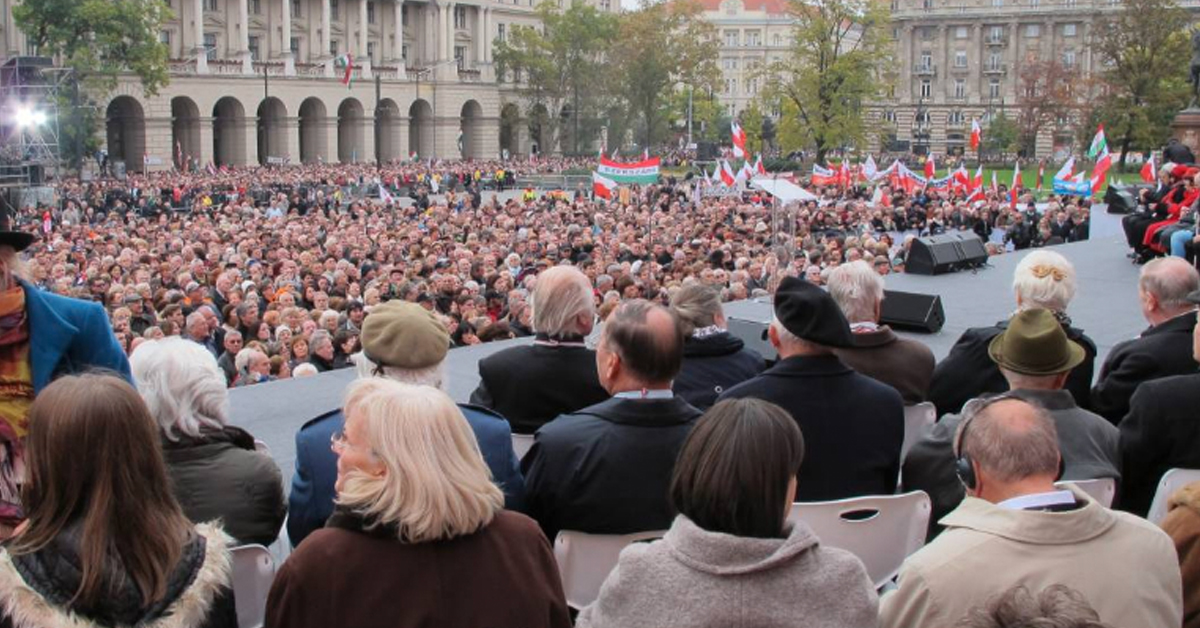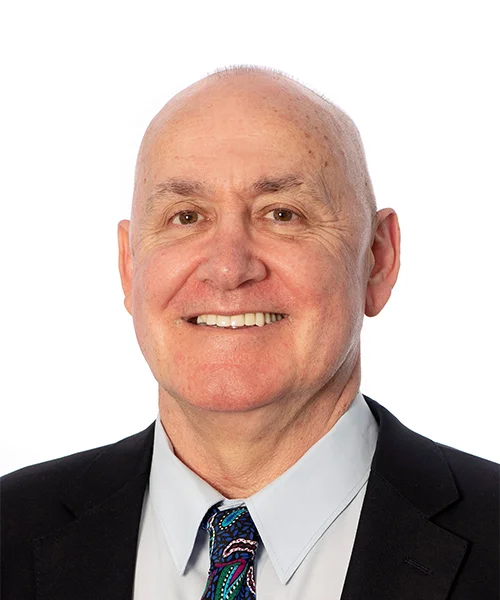Engadine’s Dunlea Centre has been recognised at a historic ceremony in Budapest, following its work with Hungarian refugees in the late 1950s.
Dunlea Centre – a school for children with troubled backgrounds and behavioural problems – cared for young Hungarian refugees following the outbreak of the Hungarian Revolution of 1956.
Current executive director Paul Mastronardi and chairman-chaplain Peter Carroll were flown to Hungary recently to attend the 60th anniversary ceremony of the revolution, held in Budapest.
They were among guests from across the world, recognised for supporting Hungarian refugees and freedom fighters in the past.
Father Carroll said it was a fantastic occasion and they were treated like royalty during the trip.
He said a massive crowd gathered at Kossuth Square in Budapest late last month, to listen to talks and remember the country’s history. Among the speakers were the presidents of Hungary and Poland.
Father Carroll and Mr Mastronardi were both welcomed on stage during the ceremony.
Father Carroll said Dunlea Centre – formerly known as Boys’ Town Engadine – had helped young refugees like Joseph Toth.
“In 1958, a 13-year-old Hungarian boy, Joseph Toth, came to Boys’ Town Engadine.
“He was isolated from his family and one of about 200,000 Hungarians exiled following the Hungarian Revolution of 1956,” Father Carroll said.
“Joseph’s memories of his arrival in Australia and two years at Boys’ Town remain warm and full of gratitude, thanks to his experience of being accepted, welcomed and offered a practical education and opportunity to learn our language and culture, all of which have helped him establish a close family and solid occupation.
“He has particularly fond memories of well-known Shire identities Brother James Hamilton and Father Ted Cooper, both now deceased, who first befriended him.”
Mr Toth is now living in Brisbane.
The Hungarian Revolution of 1956 began on October 23, 1956, following a meeting of university students the day before. They formed a rally with workers, academics and sympathetic soldiers, and protested in the parliament square.
The protest led to Nikita Khrushchev being asked to remove his Russian army from Budapest. Khrushchev initially agreed but soon reneged. On November 4, 1956, 1000 Russian tanks rolled into Budapest and thousands of Hungarians were killed, many of them teenage freedom fighters.
Over 200,000 people fled in fear of labour camps. Though their national freedom was short lived, and bloodily ended, the courage of the freedom fighters sowed seeds which 34 years later resulted in the collapse of the Iron Curtain and Berlin Wall and the beginning of peaceful independence for Hungary.
This post was originally featured in The Leader, read the full story here
Picture: Peter Carroll.
The Dunlea Centre – To empower adolescents and families at risk to change their lives and restore relationships through the provision of quality therapeutic, educational and life skills services.



